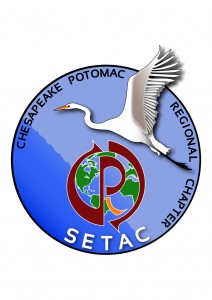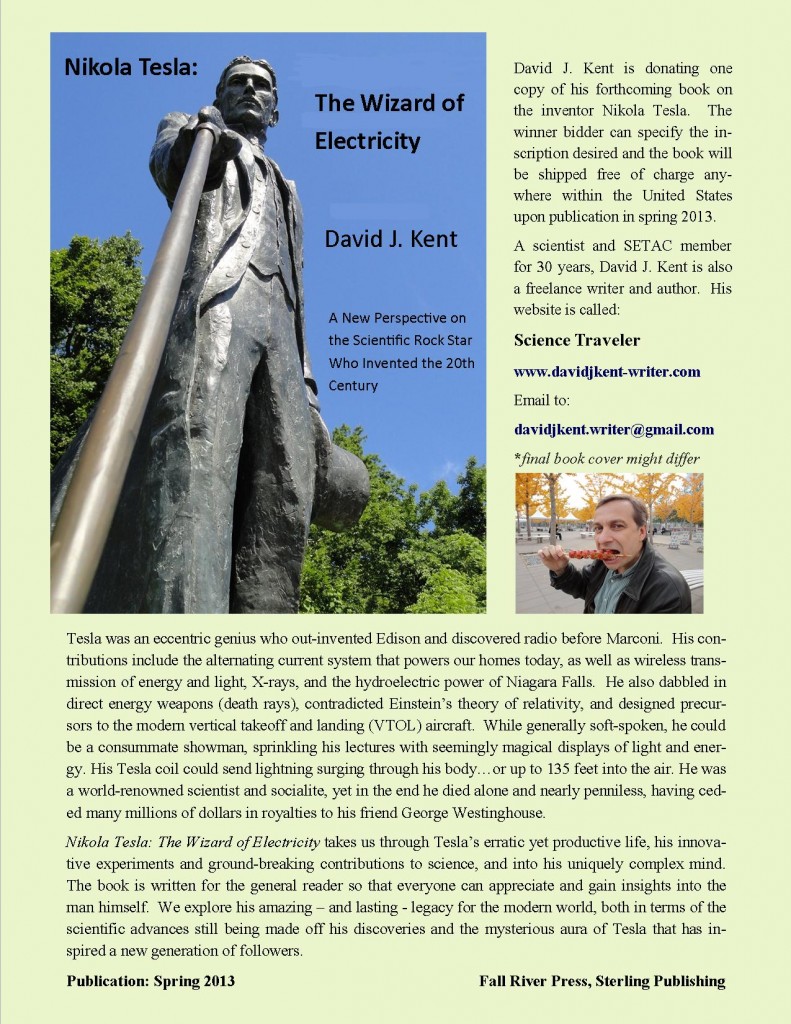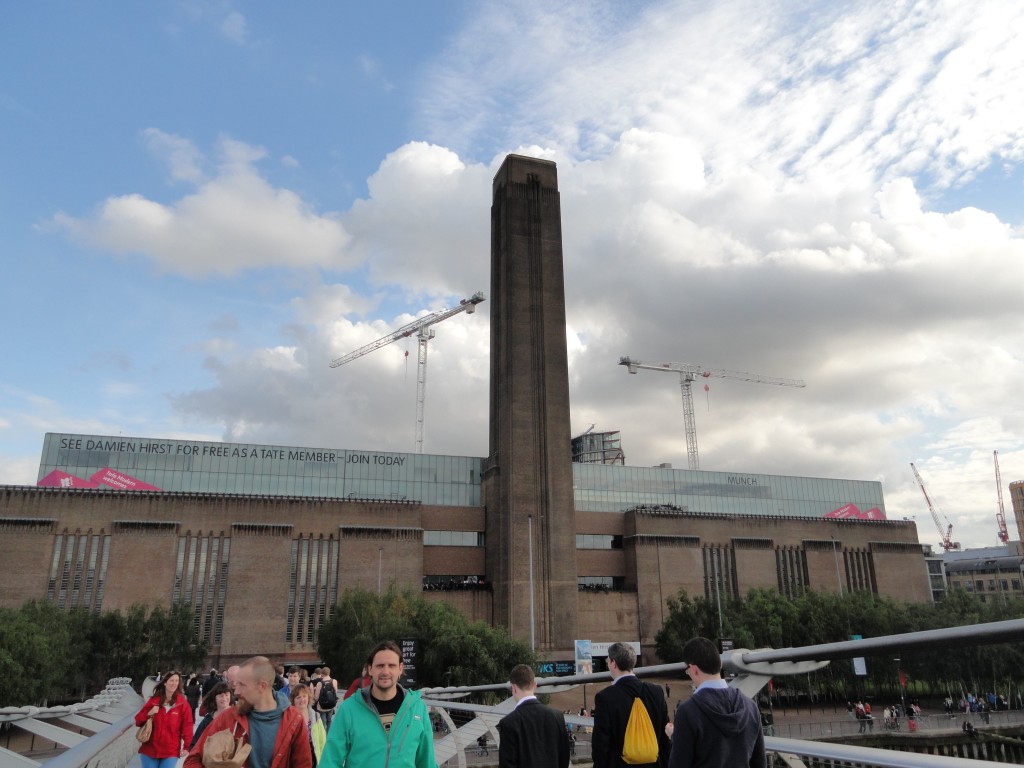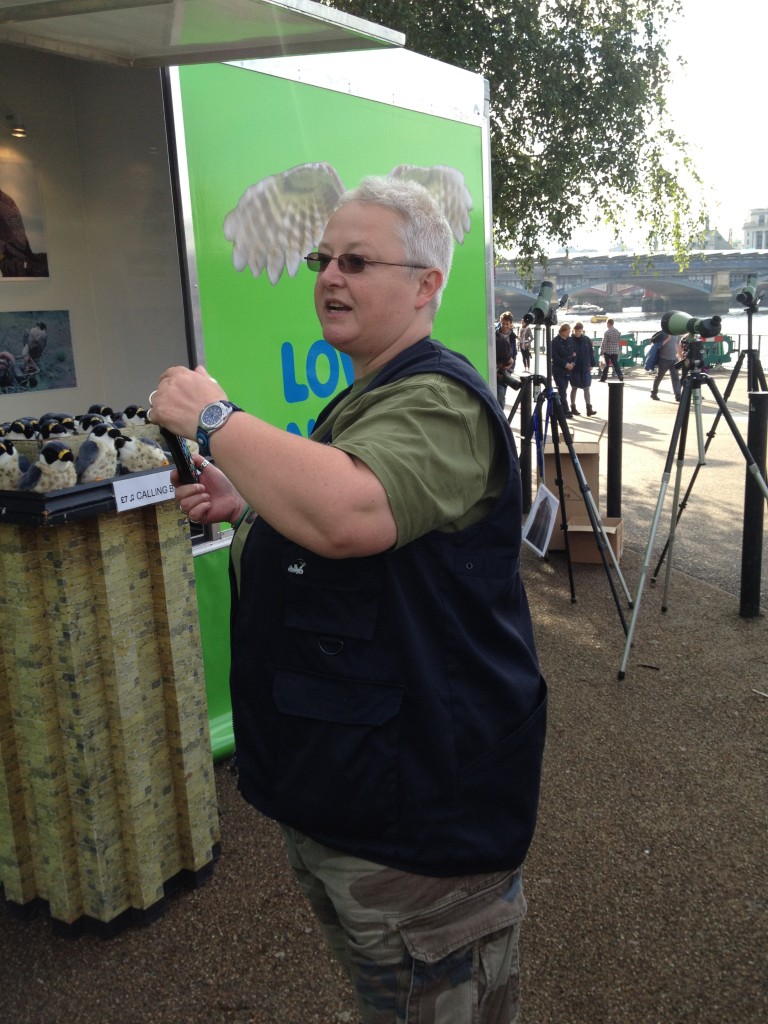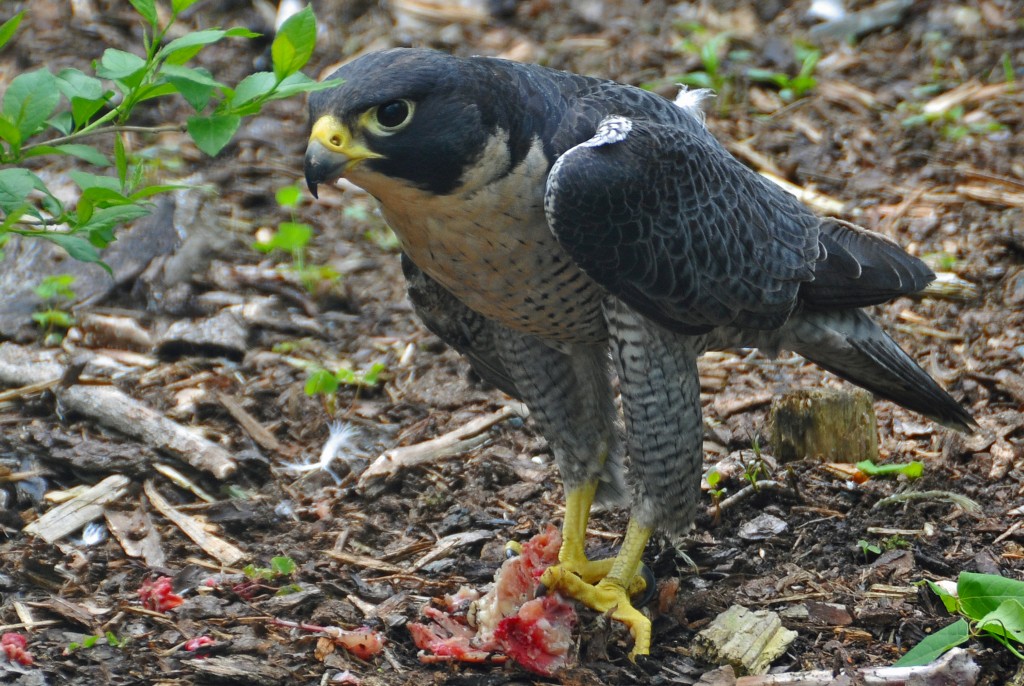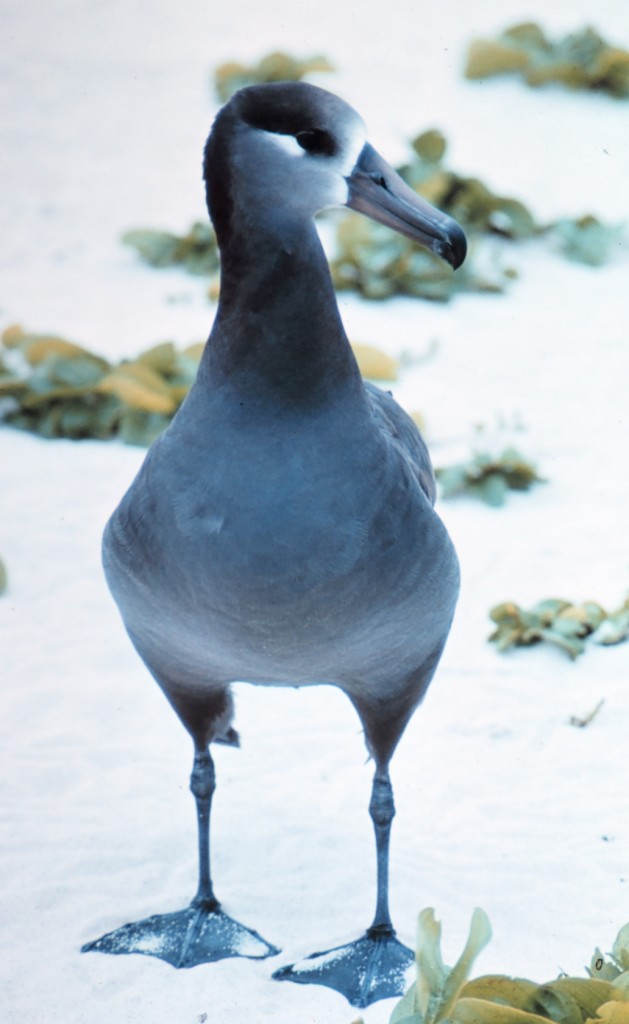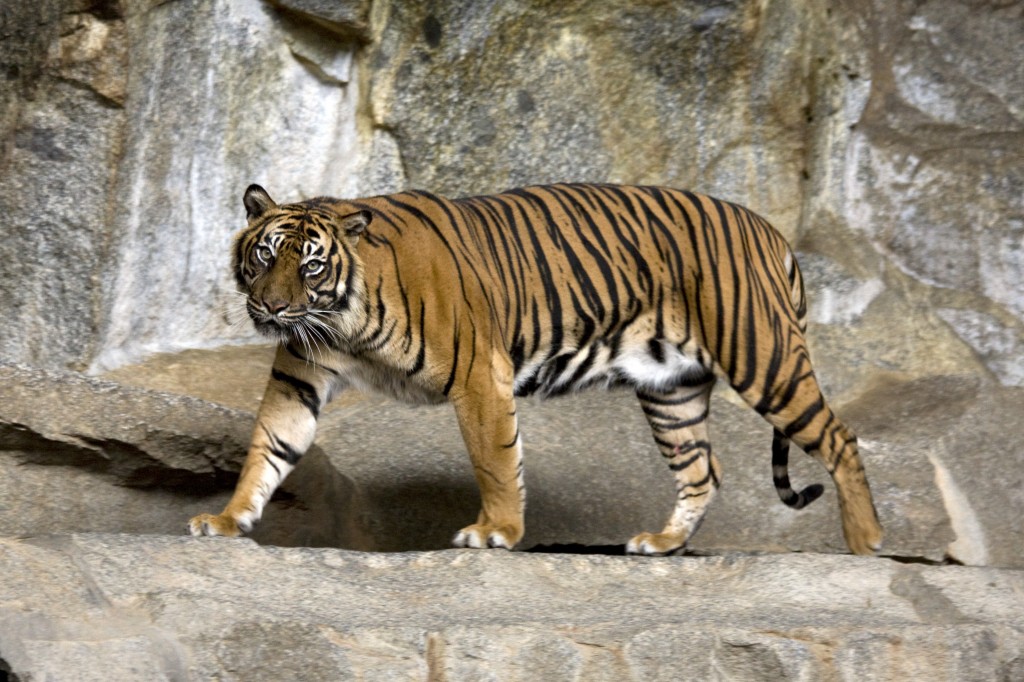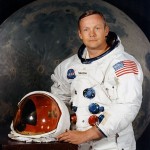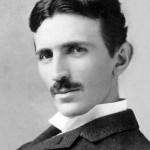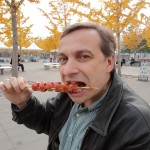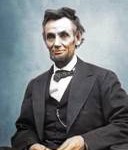 Abraham Lincoln died today. Well,
Abraham Lincoln died today. Well, 148 150 years ago today. He was shot by John Wilkes Booth while Abraham and Mary Todd Lincoln were in Ford’s Theatre watching the comedic play, Our American Cousin. It was April 14th, 1865. Good Friday. He was carried across the street to the Petersen House where he died the next morning, April 15, at 7:22 am. “Now he belongs to the ages,” spoke Secretary of War Edwin Stanton, before engaging in a 12-day chase that ended with the death of the assassin.
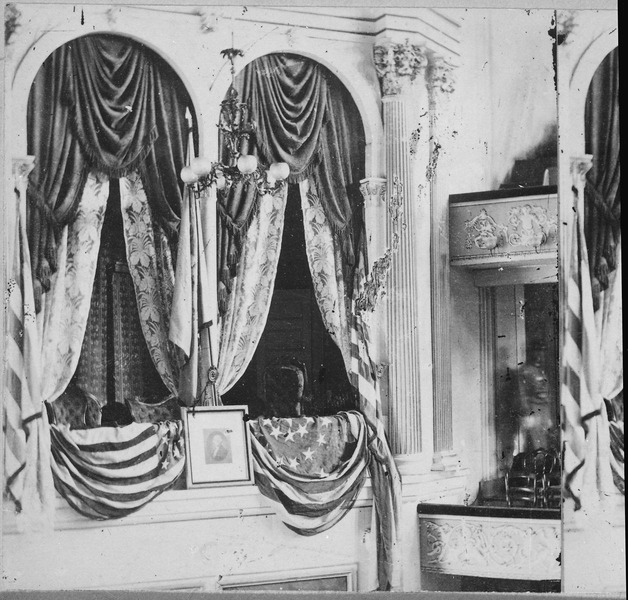
All of this is the stuff of history, well known to most everyone. Less well known are some of the fascinating details. For example, as the crowd at the theater slowly came to realize what had happened a cry rang out “Is there a surgeon in the house?” There was, Dr. Charles A. Leale, a recent graduate of Bellevue Hospital Medical College and commissioned as assistant surgeon only six days previously. As luck would have it, Leale was seated in the dress circle of Ford’s Theater that night, mere steps from Lincoln’s box. His quick action likely prolonged Lincoln’s life by several hours, though he couldn’t save him from his ultimate fate. Leale’s clinical report gives us a detailed record of the event.
The gun used by Booth was a Philadelphia deringer, a small large-bore pistol fired by loading a percussion cap, some black gunpowder, and a lead ball. Since it can only fire a single shot without reloading, Booth dropped the gun on the floor of the box, slashed Major Henry Rathbone with a large knife, then leaped to the stage. The gun now is on display in the museum of Ford’s Theatre.
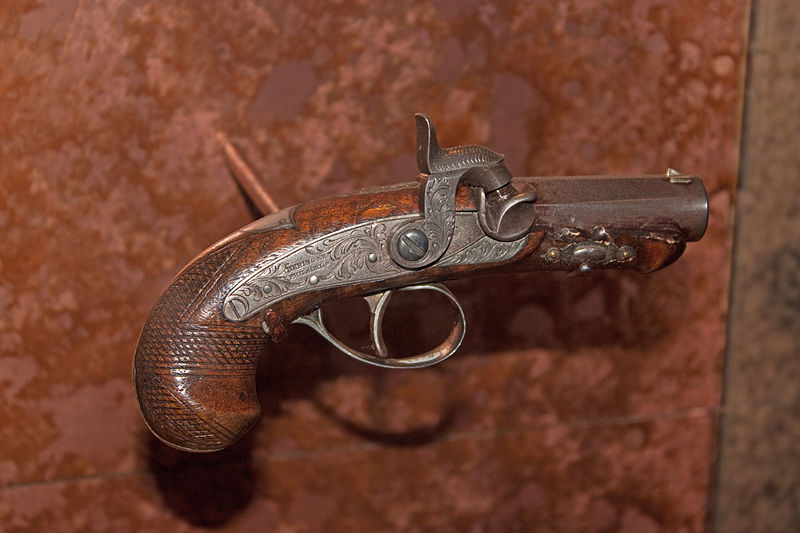
Into trivia? Here’s something with which you impress your friends. Deringers were made with “rifling,” that is, grooves in the barrel to spin the ball. Unlike most derringers where the rifling creates a clockwise twist, the one used by Booth had rifling that turned counterclockwise. No matter what the twist, the rifling is designed to improve accuracy by creating a more predictable flight of the ball or bullet. Needless to say the direction of rifling was a moot point since Booth shot Lincoln at very close range.
Ah, but what happened to the lead ball? Well, it now sits in a glass case at the National Museum of Health and Medicine in Silver Spring, Maryland. Along with it are several skull fragments, just in case you’re into “morbid oddities.”
There is much more to come on the science of Abraham Lincoln. Stay tuned!
More about Abraham Lincoln.
David J. Kent has been a scientist for over thirty years, is an avid science traveler, and an independent Abraham Lincoln historian. He is the author of Tesla: The Wizard of Electricity and the e-book Nikola Tesla: Renewable Energy Ahead of Its Time. He is currently writing a book on Thomas Edison.
Follow me by subscribing by email on the home page. And feel free to “Like” my Facebook author’s page and connect on LinkedIn. Share with your friends using the buttons below.



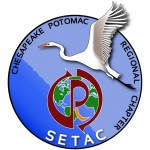 Plans are coming together for the Annual Meeting of the Chesapeake-Potomac Regional Chapter (CPRC) of the Society of Environmental Toxicology and Chemistry (SETAC). Yes, that was a mouthful, but the important point here is that CPRC has chosen Earth Day (April 22nd) for its annual meeting. And what a meeting it is shaping up to be.
Plans are coming together for the Annual Meeting of the Chesapeake-Potomac Regional Chapter (CPRC) of the Society of Environmental Toxicology and Chemistry (SETAC). Yes, that was a mouthful, but the important point here is that CPRC has chosen Earth Day (April 22nd) for its annual meeting. And what a meeting it is shaping up to be.